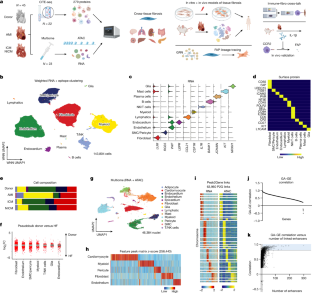2024-10-24 カリフォルニア大学サンディエゴ校(UCSD)
<関連情報>
- https://today.ucsd.edu/story/innovative-bioelectronic-device-offers-new-hope-in-the-fight-against-bacterial-infections
- https://www.cell.com/device/fulltext/S2666-9986(24)00542-8
選択的興奮性による日和見病原体の薬物フリー生体電子制御 Bioelectronic drug-free control of opportunistic pathogens through selective excitability
Saehyun Kim∙ Ethan Eig∙ Jiping Yue∙ … ∙ Vanessa Tian∙ Gürol M. Süel ∙ Bozhi Tian
Device Published:October 24, 2024
DOI:https://doi.org/10.1016/j.device.2024.100596
Graphical abstract

The bigger picture
Mammalian cells, like neurons and cardiomyocytes, are electrically excitable. Devices such as pacemakers and neural stimulators exploit this trait for drug-free electrical therapies. In contrast, the excitability of resident bacteria has been less explored, despite their crucial role in human health. If the excitability of human microbiota could be similarly harnessed for drug-free bioelectronic control, it could provide solutions to antibiotic resistance in opportunistic infections.
In this study, we explored the electrical excitability of Staphylococcus epidermidis, a skin-dwelling bacterium responsible for common clinical infections. While unresponsive at neutral pH, we found that the bacteria became electrically excitable in the acidic environment of healthy skin. We termed this “selective excitability,” as the bacteria were selective or picky about the environment in which they displayed excitability. Exploiting the selective excitability, we suppressed bacterial virulence factors with mild electrical stimulation. This method offers localized, programmable, and antibiotic-free methods to control opportunistic pathogens.
Highlights
•Healthy skin pH confers electrical excitability to Staphylococcus epidermidis
•The electrically sensitized bacteria are suppressed by mild electrical stimulation
•Flexible bioelectronic device reduces bacterial biofilms on porcine skin
Summary
The natural excitability in mammalian tissues has been extensively exploited for drug-free electroceutical therapies. However, it is unclear whether bacterial residents on the human body are equally excitable and whether their excitability can also be leveraged for drug-free bioelectronic treatment. Using a microelectronic platform, we examined the electrical excitability of Staphylococcus epidermidis, a skin-residing bacterium responsible for widespread clinical infections. We discovered that a non-lethal electrical stimulus could excite S. epidermidis, inducing reversible changes in membrane potential. Intriguingly, S. epidermidis became excitable only under acidic skin pH, indicating that the bacteria were “selective” about the environment in which they display excitability. This selective excitability enabled programmable suppression of biofilm formation using benign stimulation voltages. Lastly, we demonstrated the suppression of S. epidermidis on a porcine skin model using a flexible electroceutical patch. Our work shows that the innate excitability of resident bacteria can be selectively activated for drug-free bioelectronic control.


